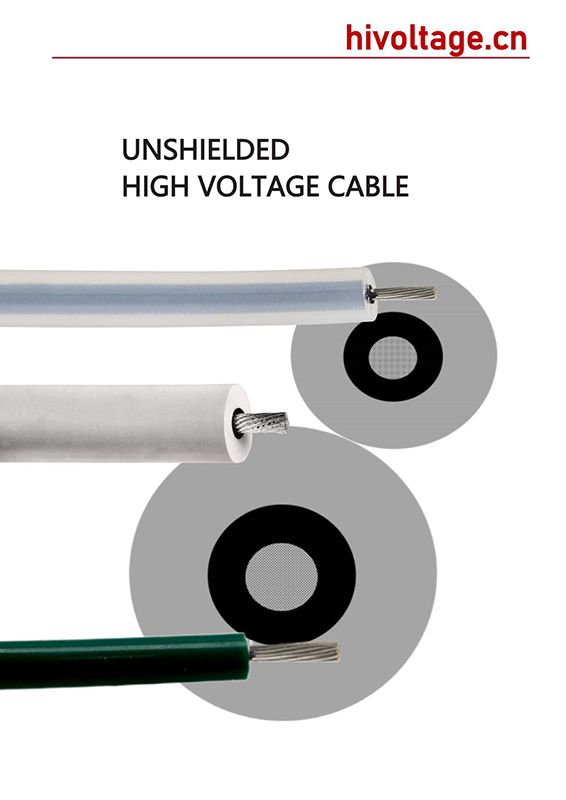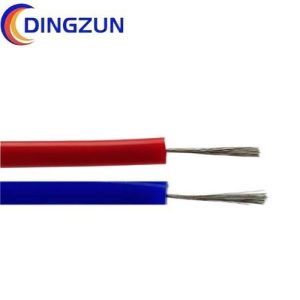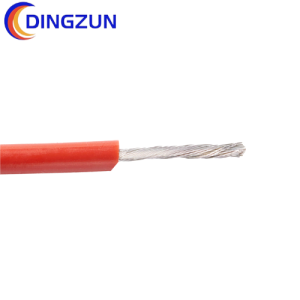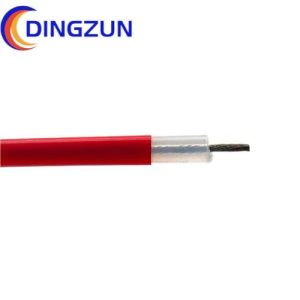Unshielded Hv Cable
Unshielded high voltage cables, used for power transmission and distribution, industrial processes, and scientific research. These cables are designed to withstand high voltages and currents, making them crucial for the efficient and safe operation of various electrical systems.
Conductor:
is the central component of any cable, and unshielded high voltage cables are no exception. Copper is the most commonly used conductor material, and it can be either tinned, bare, or silver-plated. Tinned copper is preferred for its resistance to corrosion, while bare copper is cheaper and more widely available. Silver-plated copper has the advantage of being more conductive than bare copper, but it is also more expensive.
Construction:
Conductor-insulation and conductor-insulation-coating are two common types of constructions. In the conductor-insulation design, the conductor is surrounded by a layer of insulation, while in the conductor-insulation-coating design, the insulation is coated with another layer of material. The choice between these two designs depends on the specific requirements of the application.
Insulation:
protects the conductor from electrical faults and external factors such as moisture and heat. Several insulation materials can be used in these cables, including FEP, PFA, silicone rubber, PE, and XLPE. FEP and PFA are preferred for their high temperature resistance and chemical stability, while silicone rubber is preferred for its flexibility and resistance to moisture. PE and XLPE are commonly used for their excellent electrical properties.
Coating:
provides additional protection against external factors such as abrasion and moisture. FEP, silicone, and PE are some of the commonly used coating materials. FEP is preferred for its high-temperature resistance and chemical stability, while silicone is preferred for its flexibility and resistance to moisture. PE is the most commonly used coating material due to its excellent balance of electrical and mechanical properties. Rated voltage range: 2kv to 150kv Selecting the appropriate rated voltage range is crucial to ensure the cable’s safe and efficient operation, as exceeding the rated voltage can cause electrical faults and damage the cable.
Application
power transmission and distribution, industrial processes, and scientific research. These
cables are essential for efficient and safe operation, and their design and materials must
be carefully selected based on the specific application.




